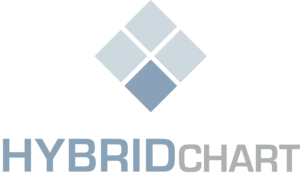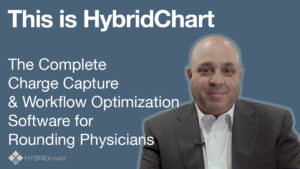Hospitalization is extremely expensive. As a result, hospitals and healthcare organizations are being penalized if patients with certain diagnoses are readmitted within a certain period of time. Healthcare providers are instrumental in helping to avoid readmissions, and therefore are continuously searching for effective tools and workflows to improve the process.If committed to improvement, the encouraging news is that many hospital readmissions, which cost the healthcare system billions of dollars, are actually preventable.
How? Through an effective and thorough process.

Here are three prevention strategies on avoiding hospital readmissions that we strongly think are worth a shot.
Provide clear and detailed discharge summaries. A discharge summary should be given to every patient upon discharge from the hospital. Instructions are typically reviewed with the patient by nursing staff to ensure that there is clear understanding of medical problems, medication reconciliation and timely follow up in the out-patient setting.Learn more about the streamlined and thorough discharge management process with HybridChart
Identify High-Risk Patients prior to discharge. The characteristics which define a high-risk patient are variable but follow consistent patterns. Certain diagnoses carry with them the inherent risk of repeated hospitalizations. Often times there are social factors that interfere with access to medication, compliance with diet regimens, and a safe home environment. Even education levels of the patient can pose a serious challenge. Medical instruction can be complicated and numerous. Whatever the reason, identifying patients who are high-risk is important so that special attention can be made to the discharge plan. More aggressive follow up plans sometimes need to be in place as well. HybridChart’s efficient charge capture workflow also collects smart data in real time – data which can help identify high risk patients. Providers can also easy flag patients so that office staff can institute a more aggressive follow up strategy. Providers need a tool which is integrated into their workflow, but which allows them to easily identify patients who require extra attention. With HybridChart you get the benefits of census management and charge capture, but you also have tools to help with high-risk identification. Have a follow-up plan in place before discharge. One of the most common reasons for hospital readmissions is the lack of necessary follow-up when patients are discharged. Studies have suggested that those patients who have a follow-up within seven days of discharge were less likely to be readmitted to the hospital. Communication with the patient about discharge instructions is one layer of defense. Unfortunately, the scheduling staff in the ambulatory setting are completely disconnected from the in-patient process, and it is left up to the patient to initiate office follow up. Instituting the Discharge Management features of HybridChart bring office the staff into loop early on, often before the patient has even left the hospital. The result is proactive efforts on the part of the office to establish close follow up. Patients who are flagged as high-risk can receive accelerated scheduling, and be contacted directly by nurses or providers in the practice. Closing the loop between the hospital and the office will help to avoid hospital readmissions. Utilizing these helpful expert tips to reduce hospital readmissions can help improve patient education and to streamline the discharge process. Learn how to streamline your practice and reclaim what’s most important to you: your time. Download Your Complete Guide to a Streamlined Practice and a Happy Team.







